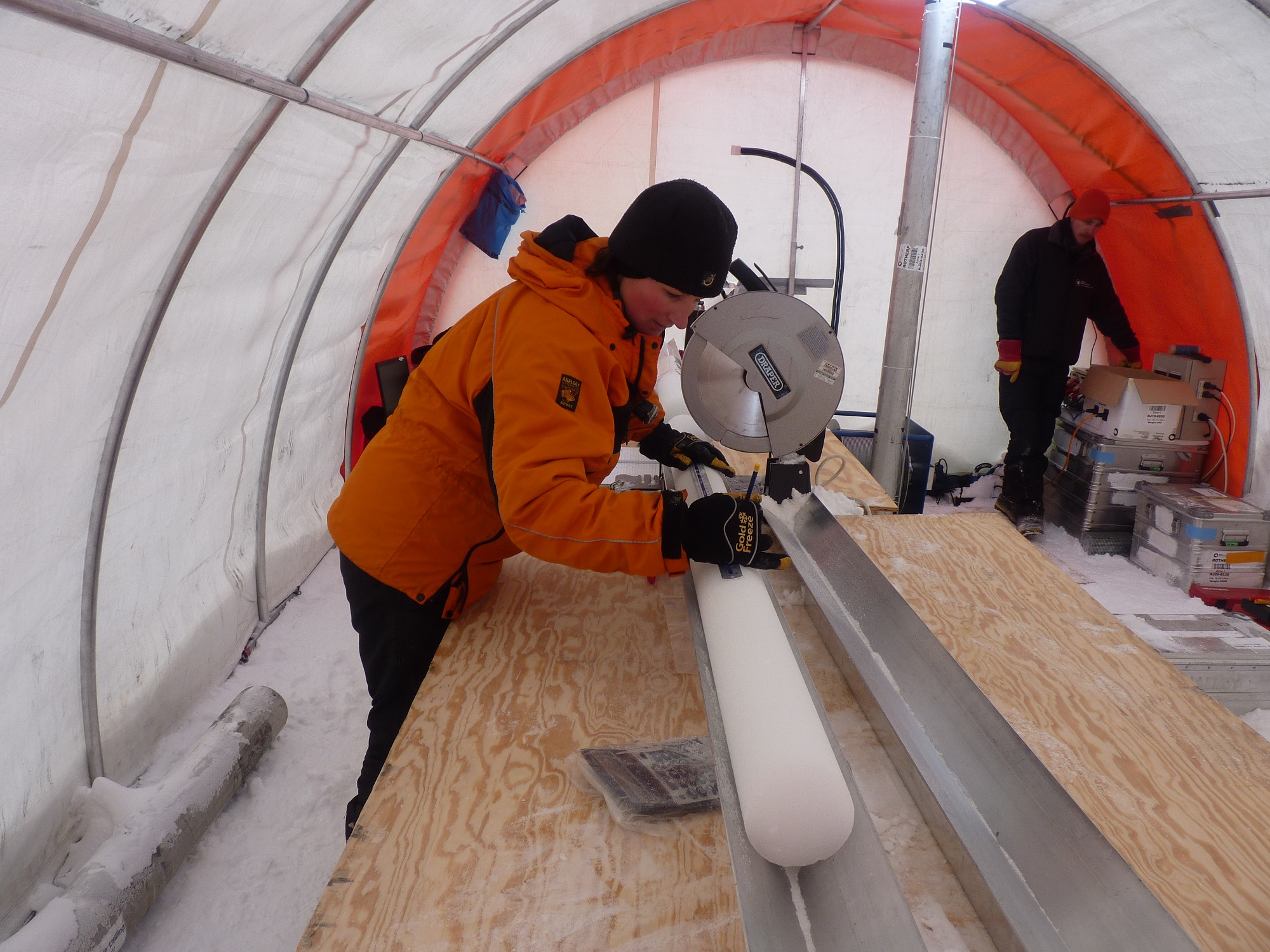New study reveals increased snowfall in Antarctica over last two centuries
The first comprehensive study of snowfall across Antarctica provides vital information in the study of future sea-level rise.
Presenting this week (Monday 9 April 2018) at the European Geosciences Union (EGU) meeting in Vienna, an international team, led by British Antarctic Survey, describes how analysis of 79 ice cores collected from across Antarctica reveals a 10% increase in snowfall over the last 200 years. This is equivalent to 272 giga tonnes of water – double the volume of the Dead Sea.

Lead author and ice core scientist Dr Liz Thomas from British Antarctic Survey explains:
“There is an urgent need to understand the contribution of Antarctic ice to sea-level rise and we use a number of techniques to determine the balance between snowfall and ice loss. When ice loss is not replenished by snowfall then sea level rises. Satellite observations give us a picture going back around 20 years. Analysis of the ice core records allows us to reconstruct snowfall over several hundred years.
“Our new results show a significant change in the surface mass balance (from snowfall) during the twentieth century. The largest contribution is from the Antarctic Peninsula, where the annual average snowfall during the first decade of the 21st century is 10% higher than at the same period in the 19th century.”
The increases in snowfall do not contradict observations of glacial retreat and mass loss in regions of West Antarctica such as Pine Island and Thwaites Glacier, which are collectively contributing around 14% of global sea-level rise.
Dr Thomas continues:
“There is an international effort to create computer simulations of future sea-level rise in a warming world. It is complex and challenging for scientists to fully understand and interpret changes in the ice that we see happening today. We know that the two major influencers affecting change – the mass gain (from snowfall) and the mass loss (from melt) – are acting differently from one another. Our new findings take us a step towards improving our knowledge and understanding.”
Read the paper here.